Recent Articles
Popular Makes
Body Types
What Is Vehicle-to-Vehicle Communication?
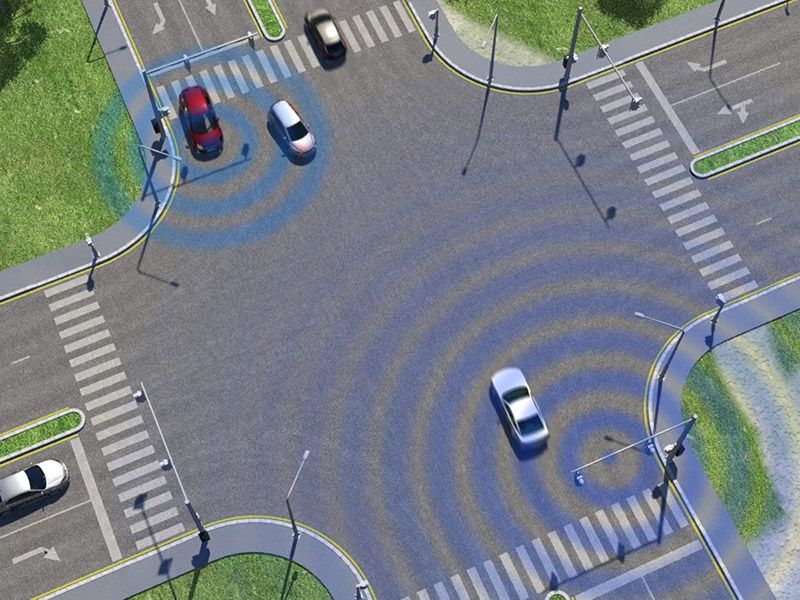
Ford V2V graphic ・ Photo by Ford
Soon, our cars might include technology similar to a system that ocean-going ships have used for decades. If you’ve ever wondered why ships don’t run into each other very often, it is not simply because the oceans are so large. Yes, oceans are large, but the more important reason that vessels don’t collide is that they “talk” to each other. With their Automatic Identification Systems (AIS), ships essentially tell other ships where they are and where they are going. That enables their crewmen to steer clear of one another. These days, ships collide only because someone — or several people — just weren't paying attention.
The information provided to ships’ crews by AIS equipment includes the unique identification of each vessel and its position, course, and speed. Displayed on a screen on the bridge (the steering station) of each ship, helmsmen can make informed decisions about the advisability of their current course. Further, an alarm can alert them to a potential collision. Soon, our cars could offer similar technology. Here's what you should know about vehicle-to-vehicle communications.
V2V addresses a deadly problem.
The World Health Organizations reports that road accidents cause approximately 1.2 million deaths worldwide annually. That represents 25 percent of all deaths caused by injury. Additionally, some 50 million people per year are injured in traffic accidents.
About half of the road deaths in the United States result from two key types of incidents — collisions at intersections and roadway departures. Roadway departures are typically single-vehicle accidents caused when a driver falls asleep or becomes distracted. These two types of accidents kill more than 20,000 Americans each year. Vehicle-to-vehicle communications (V2V) technology has the potential to prevent or reduce the severity of the vast majority of intersection collisions. It can have an impact on roadway departures as well, especially in its potential to warn other vehicles, pedestrians, and bicyclists of impending danger.
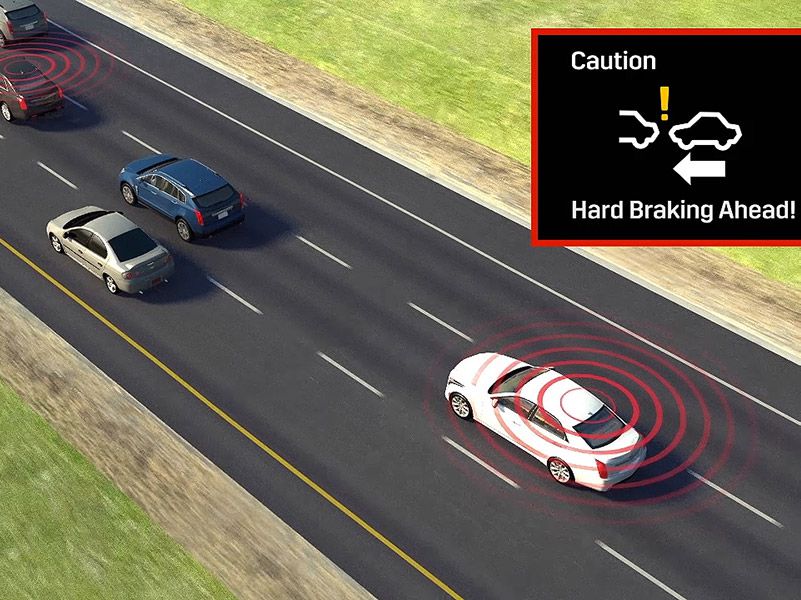
Photo by General Motors
V2V will save lives and reduce injuries.
If road deaths were viewed as a disease, we would be in the midst of an ongoing epidemic. Vehicle-related fatalities have the unsettling potential to become the third-leading cause of death worldwide by 2020. In the United States, about 40,000 people are killed in road accidents each year.
If vehicle-to-vehicle communications can help prevent just two types of accidents — those in intersections and involving left turns — the U.S. Department of Transportation estimates that it could result in a 50 percent reduction in crashes, injuries, and fatalities. It says that if the technology were applied to the full national fleet of vehicles, it could potentially prevent 400,000 to 600,000 crashes and 190,000 to 270,000 injuries and save 780 to 1,080 lives each year.
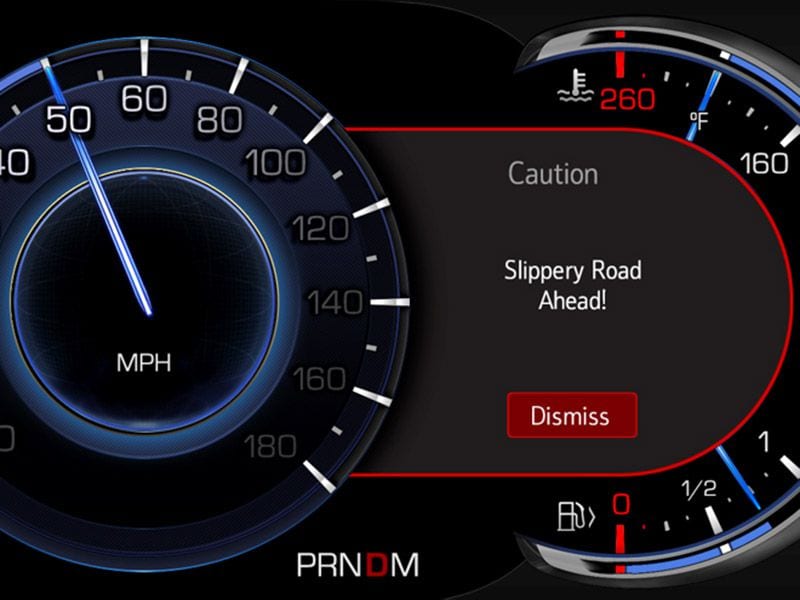
Photo by General Motors
How V2V Works
The basis of vehicle-to-vehicle communication is dedicated short-range communications. When equipped with this technology, each vehicle will continuously broadcast and receive a basic safety message. These broadcasts will extend in a radius of 300-400 yards around each vehicle, putting each into its own “communication bubble.” Broadcast up to 10 times per second, each vehicle’s basic safety message will contain vehicle dynamics information such as heading, speed, and location. Other nearby vehicles equipped with V2V devices and receive this information and process it to determine collision threats.
Based on the information exchanged, warnings could be issued to individual drivers to take actions to avoid an imminent crash. It is obviously important that this information remains secure and uncorrupted. To facilitate this, the Federal Communications Commission has allocated a specific wireless band for intelligent transportations systems like V2V.
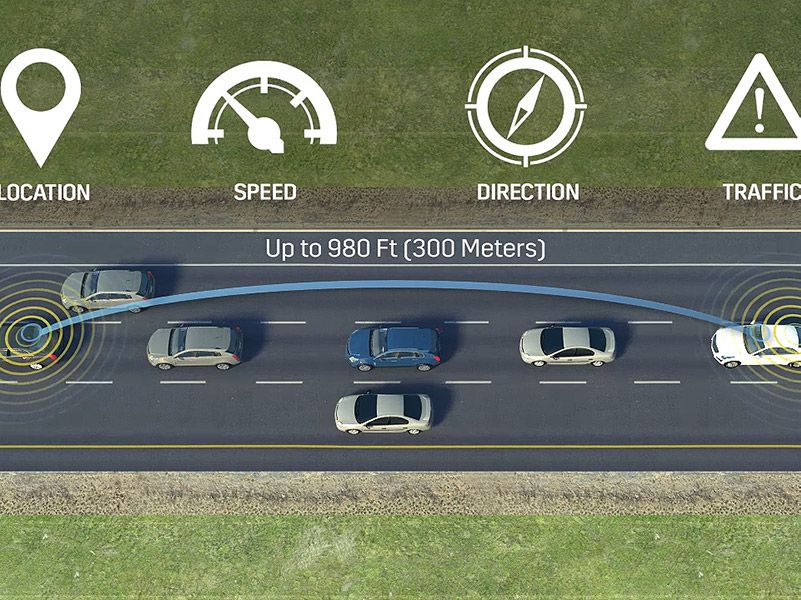
Photo by General Motors
New and existing vehicles can be equipped with V2V.
A premise of V2V technology is that a DSRC-based device will be installed in vehicles when they are being built. A potential difficulty of this is all the millions of current vehicles on the road that lack V2V transmitter-receivers. One solution is aftermarket installation of V2V transceivers into existing vehicles, perhaps mandated by law. This might be in the form of a V2V device “hard-wired” into each vehicle’s electrical system.
Other potential solutions are dedicated V2V handheld devices or even a smartphone app, but those solutions also present additional questions. A key question: Are those devices actual V2V communications or are they really P2V (person-to-vehicle) communications? A personal-locator registering where each individual is at all times has serious privacy implications.
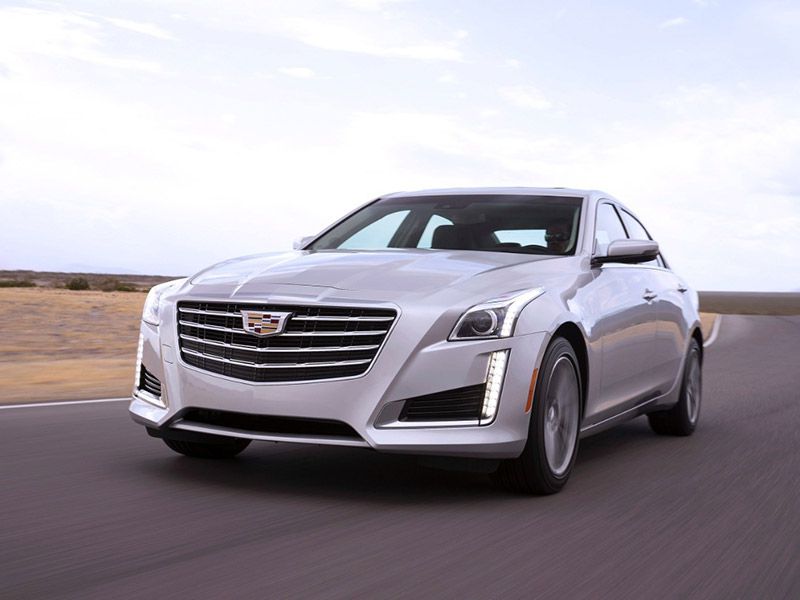
Photo by General Motors
V2V can accomplish things other technologies can’t.
The very strong upside of vehicle-to-vehicle communications is that they will enable warnings that are currently unavailable to drivers and might not be feasible without V2V. While lidar, radar, and camera-based “sensing” technologies have made great strides, they have limitations in their ability to “see” and sense some potential dangers.
Very often, accidents are caused by a vehicle that is not readily apparent or even visible to affected drivers. An example of this is a speeding ambulance suddenly coming around a corner at an intersection. V2V can alert drivers to this possible hazard because it can detect things that drivers and sensors can’t see.
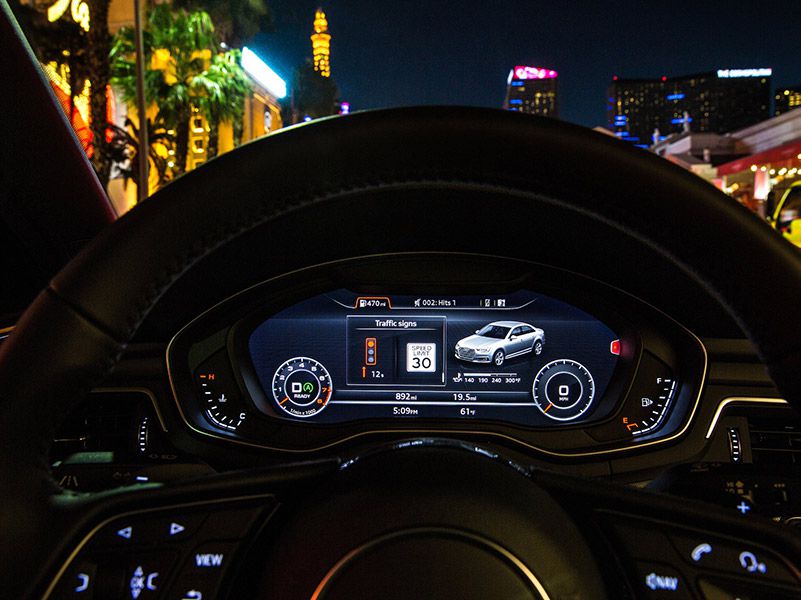
Photo by Audi
V2V will enable new driver warnings.
Because V2V technology enables vehicles to “see” things that are invisible to the driver's naked eye, it will power new driver warnings that can help prevent collisions. Three of them could prove extremely important in reducing on-road fatalities.
Intersection Movement Assist warns the driver when it’s not safe to enter an intersection because of an increased potential for colliding with one or more vehicles. Left Turn Assist alerts drivers of a strong probability they will collide with an oncoming vehicle when making a left turn. This is especially important when the driver’s line of sight is blocked by a car traveling in the opposite direction. Emergency Electronic Brake Light detects when a vehicle traveling in the same lane as the driver is slowing, even when that vehicle is not visible to the driver.
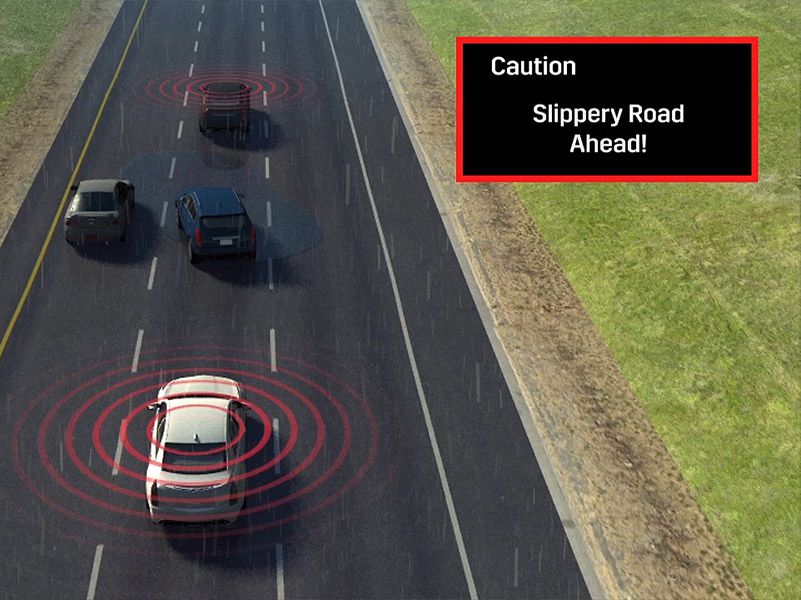
Photo by General Motors
V2V Costs Versus Benefits
One of the benefits of a V2V-driven safety net is that it is cost-effective. The National Highway Traffic Safety Administration estimates that installation of V2V equipment and supporting communications functions that include security would cost around $350 per vehicle in 2020. NHTSA further predicts the cost would subsequently decrease to well below $250 per vehicle by 2058 as manufacturers get more expert in producing the equipment.
Looking at the costs on a national basis, NHTSA estimates that annual costs would range from $300 million to $2.1 billion in 2020. The projected expense peaks to $1.1 to $6.4 billion between 2022 and 2024, and then gradually decrease to $1.1 to $4.6 billion moving toward 2058. Fully implemented V2V applications could eventually prevent or reduce the severity of up to 80 percent of non-alcohol-related crashes, the agency said.

Photo by Mercedes-Benz
V2V Security and Privacy
Since many of us are probably a bit concerned about our vehicle’s whereabouts being trackable at all times, security and privacy are key issues that must be addressed. NHTSA says it and industry research partners have developed a security system that functions like the system used for banking and credit card transactions.
A great deal of effort was expended to develop the security approach to ensure trusted messaging, feasible operations, and privacy protection. This effort places safety and privacy as the highest priorities while balancing costs. To guard against misuse and hacking, devices will be required to have valid certificates, and that authentication will be ongoing.

Photo by U.S. DOT
V2V will be part of an intelligent transportation system.
V2V is a keystone of the "intelligent transport system" concept that is being sponsored by the U.S. Department of Transportation and NHTSA. The vision of ITS expands V2V communications by enabling vehicles to communicate with roadside infrastructure such as traffic lights, signs, and warnings.
Additionally, vehicles might also communicate with pedestrians and bicyclists, enabling warnings that are currently impossible. Using this interacting data, the intelligent transport system will be able to improve traffic management. It could also speed the roll-out of driverless vehicles. Interestingly, though, autonomous vehicle operation facilitated by other technologies — primarily mapping-and-sensing systems — could slow the implementation of V2V.
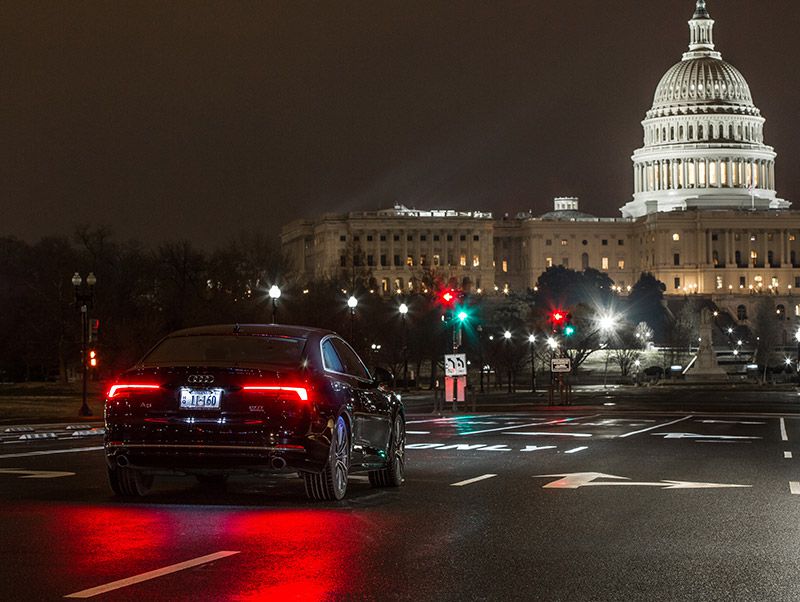
Photo by Audi